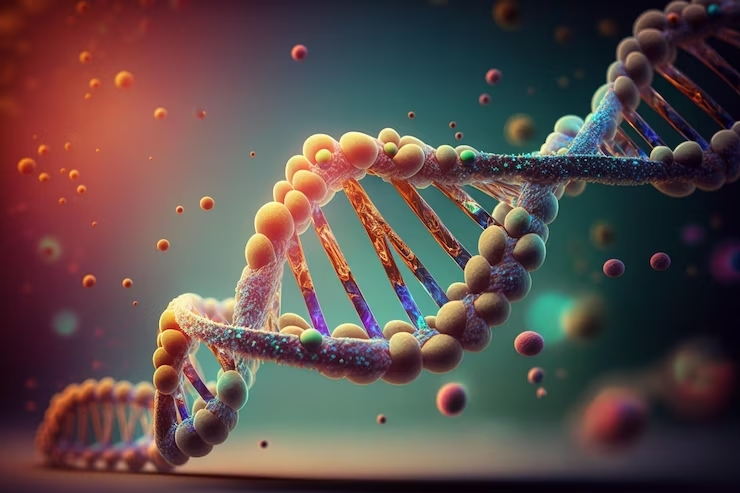In the microscopic world of cells, there exists a tiny molecule that holds the key to life itself: DNA. Deoxyribonucleic acid, or DNA for short, is a fascinating molecule that serves as the blueprint for all living organisms on Earth. But beyond its well-known role in genetics, DNA holds a plethora of mysteries waiting to be unraveled.
What is DNA?
Before delving into its mysteries, let’s understand what DNA is. Imagine DNA as a set of instructions that tells each cell in your body how to grow, function, and reproduce. These instructions are encoded within the structure of DNA itself, much like the way information is stored in a computer’s memory.
The Double Helix: Nature’s Masterpiece
One of the most iconic images in biology is that of the double helix, the twisted ladder structure of DNA. Discovered by James Watson and Francis Crick in 1953, this elegant arrangement of nucleotides forms the basis of genetic inheritance. The discovery of the double helix revolutionized our understanding of genetics and paved the way for countless scientific breakthroughs.
Unlocking the Genetic Code
Within the sequence of nucleotide bases along the DNA strand lies the genetic code, a language written in the letters A, T, C, and G. These bases pair up in specific combinations: adenine (A) with thymine (T), and cytosine (C) with guanine (G). It’s like a complex puzzle where each piece fits perfectly with its partner.
Mysteries Waiting to be Unraveled
Despite decades of research, there are still many mysteries surrounding DNA. Scientists are continually uncovering new layers of complexity within this seemingly simple molecule. Some of the most intriguing questions include:
- Junk DNA: For a long time, scientists dismissed certain portions of DNA as “junk DNA,” assuming they served no purpose. However, recent research suggests that these non-coding regions may play vital roles in gene regulation and other cellular processes.
- Epigenetics: How do environmental factors influence gene expression without altering the underlying DNA sequence? Epigenetics explores the molecular mechanisms that control gene activity and inheritance, offering insights into how our lifestyles and experiences can affect our health and behavior.
- Origins of Life: DNA is the cornerstone of life as we know it, but how did it first emerge? The origins of DNA and the transition from simple molecules to self-replicating organisms remain a subject of intense debate among scientists.
- Genetic Diseases: While DNA holds the instructions for building and maintaining our bodies, mutations and genetic variations can lead to diseases and disorders. Understanding the genetic basis of these conditions is crucial for developing targeted treatments and therapies.
Conclusion
DNA is a remarkable molecule that continues to captivate scientists and enthusiasts alike. From its elegant structure to its role in heredity and evolution, DNA holds the answers to some of life’s greatest mysteries. As research advances and technology improves, we can expect to uncover even more secrets hidden within the depths of this tiny but powerful molecule. So, let’s embrace the mystery and marvel at the wonders of DNA, the blueprint of life itself.
